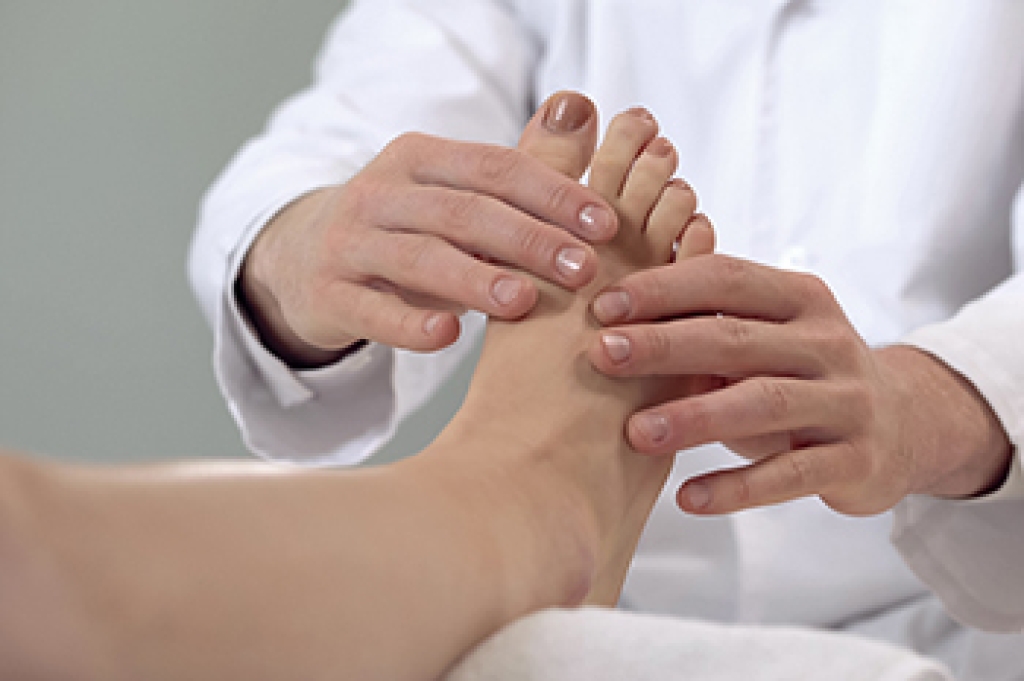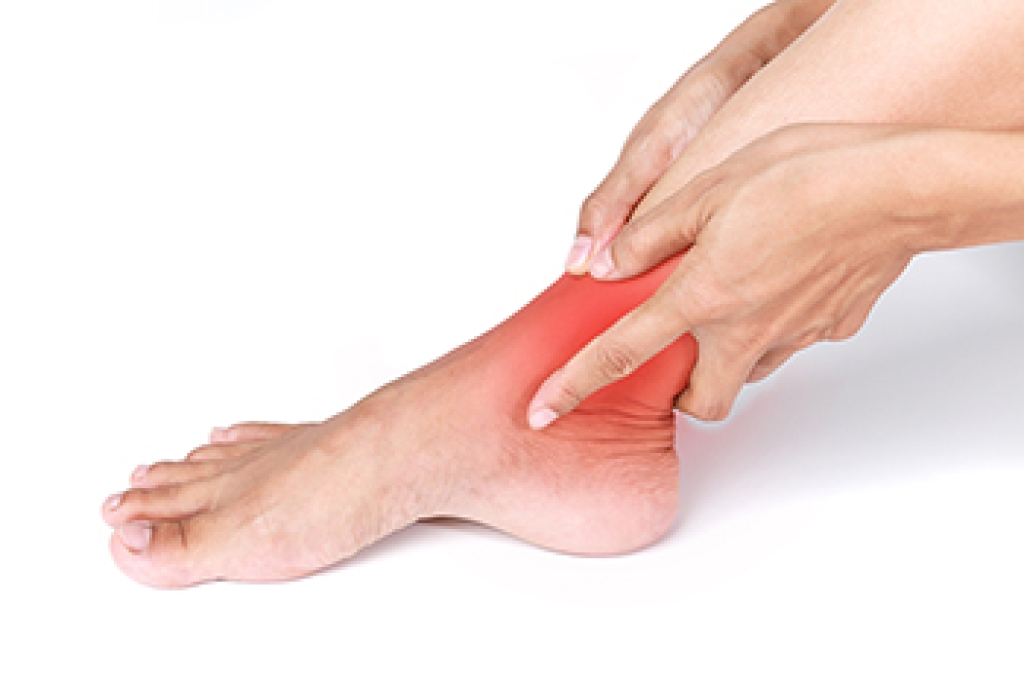 Obesity affects every part of your body, including the feet. Since the feet bear the weight of the entire body as you go about your day, it’s not surprising that carrying excess weight can strain the muscles, ligaments, tendons, bones, and joints of the feet. Having a high BMI is associated with an increased risk of arthritis, tendonitis, and heel pain due to wear and tear on the feet. Obese people are also more likely to develop diabetes, a systemic condition that can also damage foot health. Losing weight can decrease your risk of developing these problems. Your chiropodist can help you find the right shoes, recommend foot and ankle exercises, and prescribe orthotics to help you maintain your mobility and keep your lower limbs healthy.
Obesity affects every part of your body, including the feet. Since the feet bear the weight of the entire body as you go about your day, it’s not surprising that carrying excess weight can strain the muscles, ligaments, tendons, bones, and joints of the feet. Having a high BMI is associated with an increased risk of arthritis, tendonitis, and heel pain due to wear and tear on the feet. Obese people are also more likely to develop diabetes, a systemic condition that can also damage foot health. Losing weight can decrease your risk of developing these problems. Your chiropodist can help you find the right shoes, recommend foot and ankle exercises, and prescribe orthotics to help you maintain your mobility and keep your lower limbs healthy.
Being obese affects every part of your body, and your feet are no exception. Because they bear the full weight of your body as you go about your daily life, your feet are under a lot of pressure. Carrying excess weight can strain the feet and cause a variety of unpleasant side effects. If you are obese and concerned about your foot health, please consult with Emily Yu, B.Sc from Uptown Foot Care Clinic. Our specialist can help you maintain the health of your lower limbs and your mobility.
Obesity can:
- Cause foot pain
- Increase the risk of foot and ankle injuries
- Reduce mobility
- Make the feet wider
- Flatten the arch
- Make gout more likely
- Make arthritis more likely
- Increase the risk of diabetes
Your chiropodist may suggest lifestyle changes to address foot and ankle problems that are caused by or affected by obesity. These may include changes to your diet, exercise, and footwear, as well as wearing orthotics. The treatments for specific injuries or health problems will vary depending on what they are, but weight loss is often suggested to decrease strain on the feet. If you have any questions please feel free to contact our office located in Toronto, ON .

 Poor circulation
Poor circulation Peripheral artery disease (PAD)
Peripheral artery disease (PAD)
